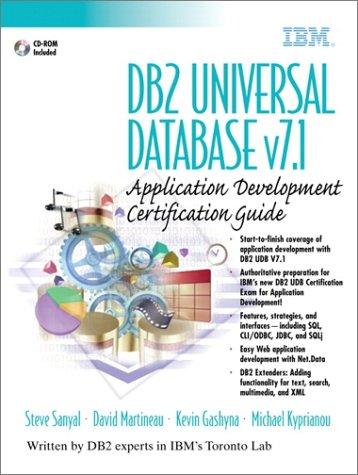Question
Consider the following Python list where each element is a sublist containing a string and numeric representation of an integer: pairs = [['one', 1], ['two',
Consider the following Python list where each element is a sublist containing a string and numeric representation of an integer:
pairs = [['one', 1], ['two', 2], ['three', 3]]
Now consider that list having many more such values, possibly hundreds. We could represent the list as follows:
pairs = [['one', 1], ['two', 2], ['three', 3] ['n', n]]
Complete the following Python code to print out all the string values (and ONLY the string values) in each of the pairs in variablepairs, regardless of how many there are:
for paireachpairspair[0][0]pair[0]pair[1]pair[each][0]range(len(pairs)) in paireachpairspair[0][0]pair[0]pair[1]pair[each][0]range(len(pairs)): print( paireachpairspair[0][0]pair[0]pair[1]pair[each][0]range(len(pairs)))
Step by Step Solution
There are 3 Steps involved in it
Step: 1

Get Instant Access to Expert-Tailored Solutions
See step-by-step solutions with expert insights and AI powered tools for academic success
Step: 2

Step: 3

Ace Your Homework with AI
Get the answers you need in no time with our AI-driven, step-by-step assistance
Get Started


